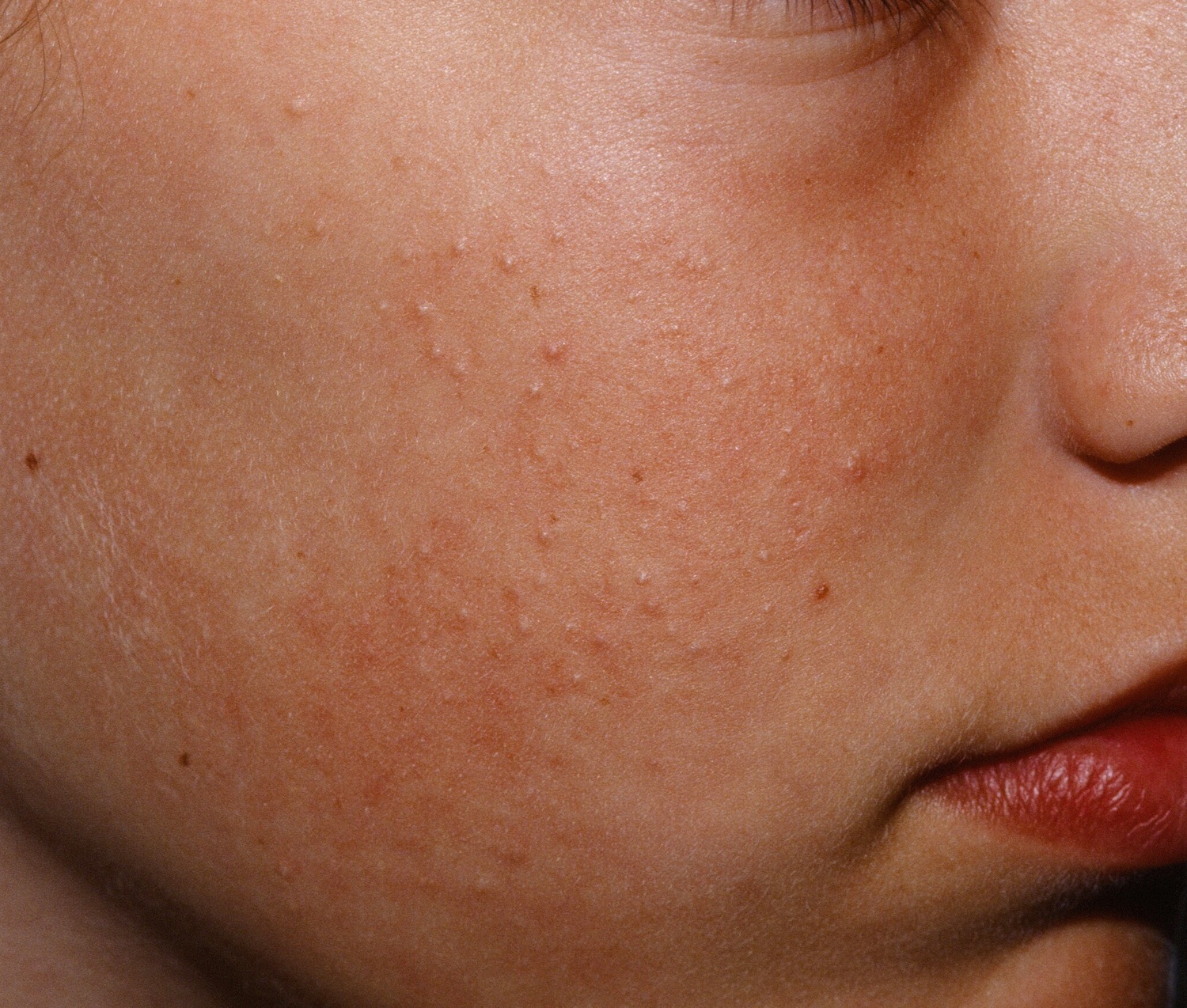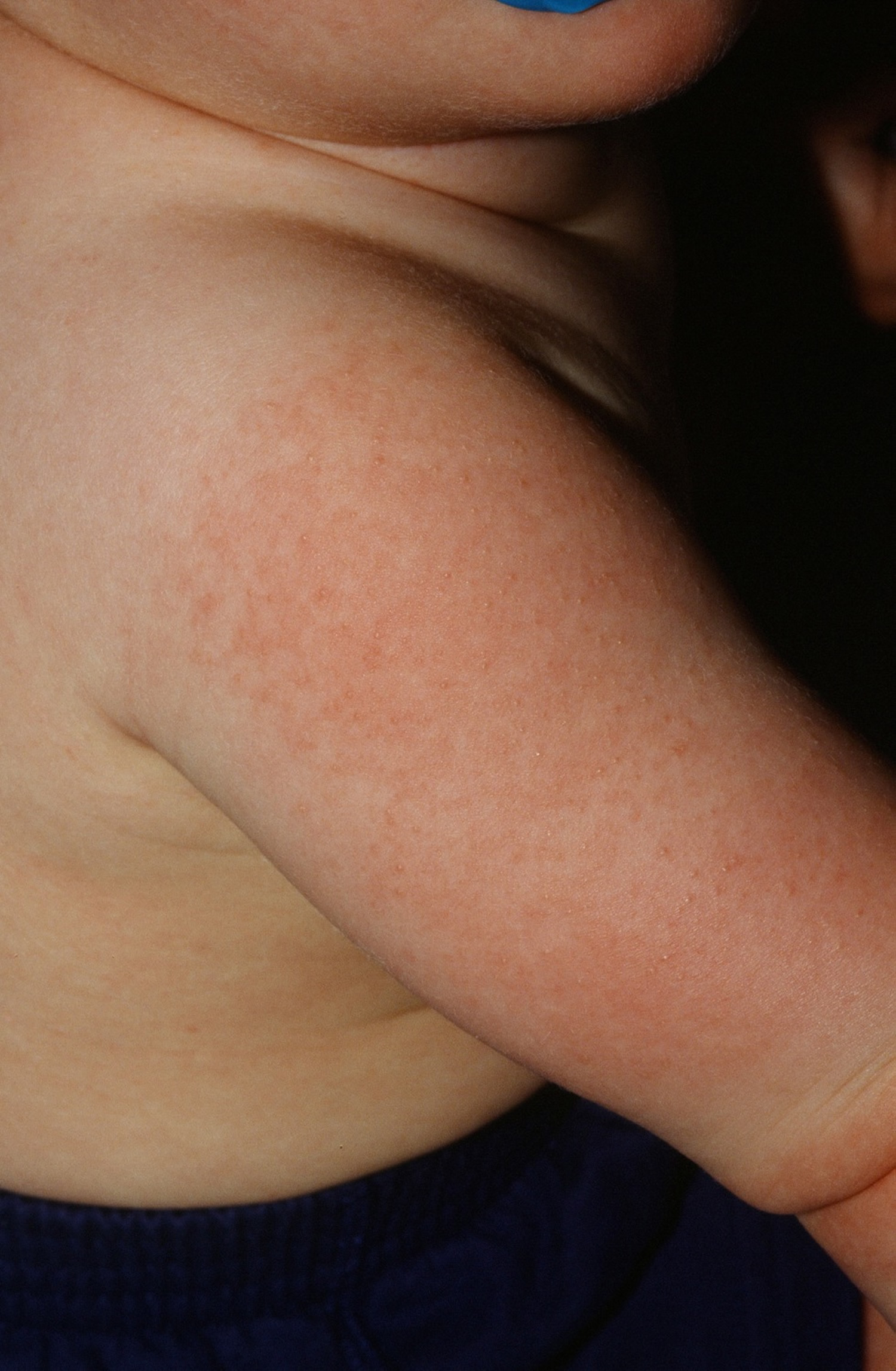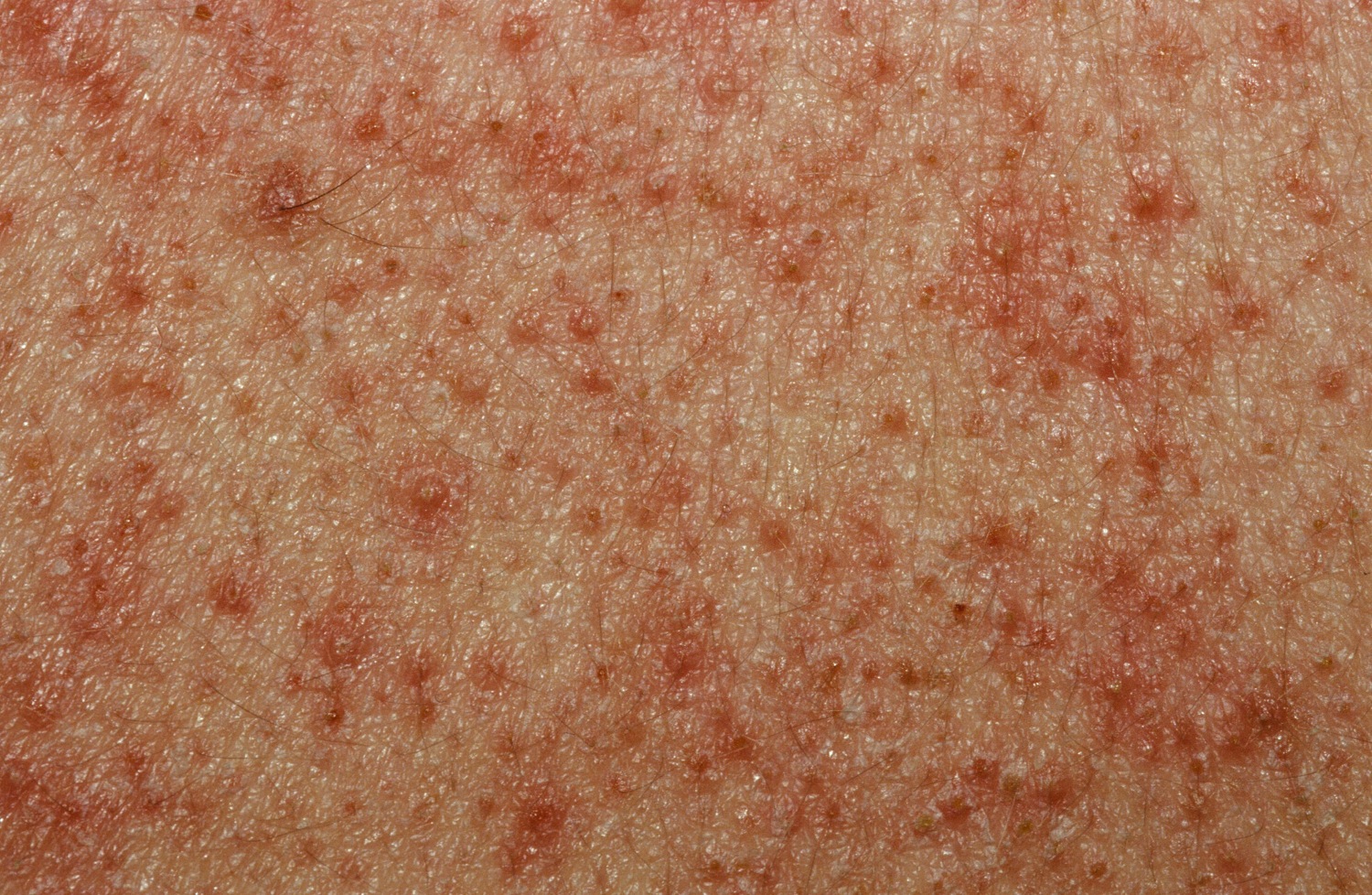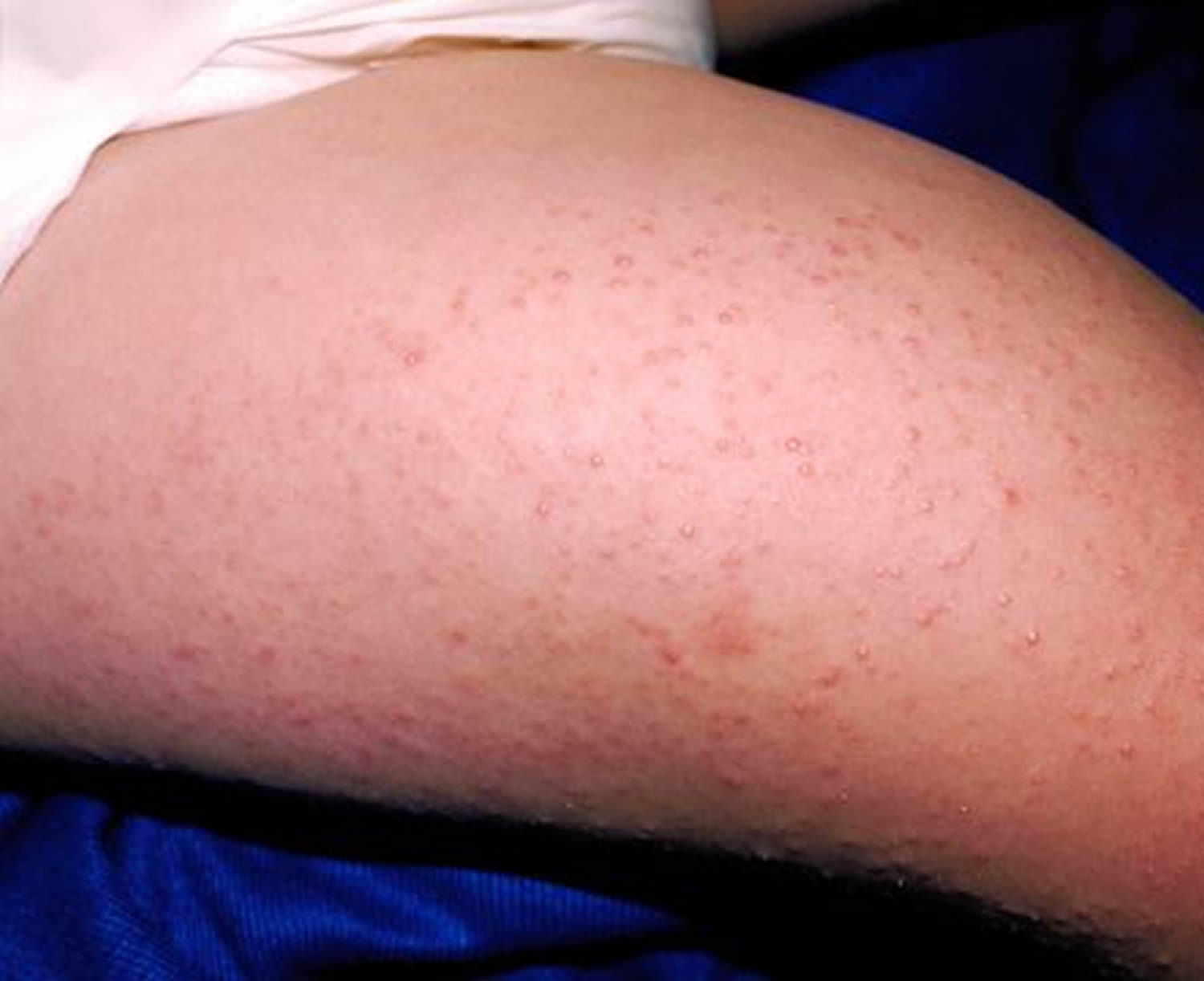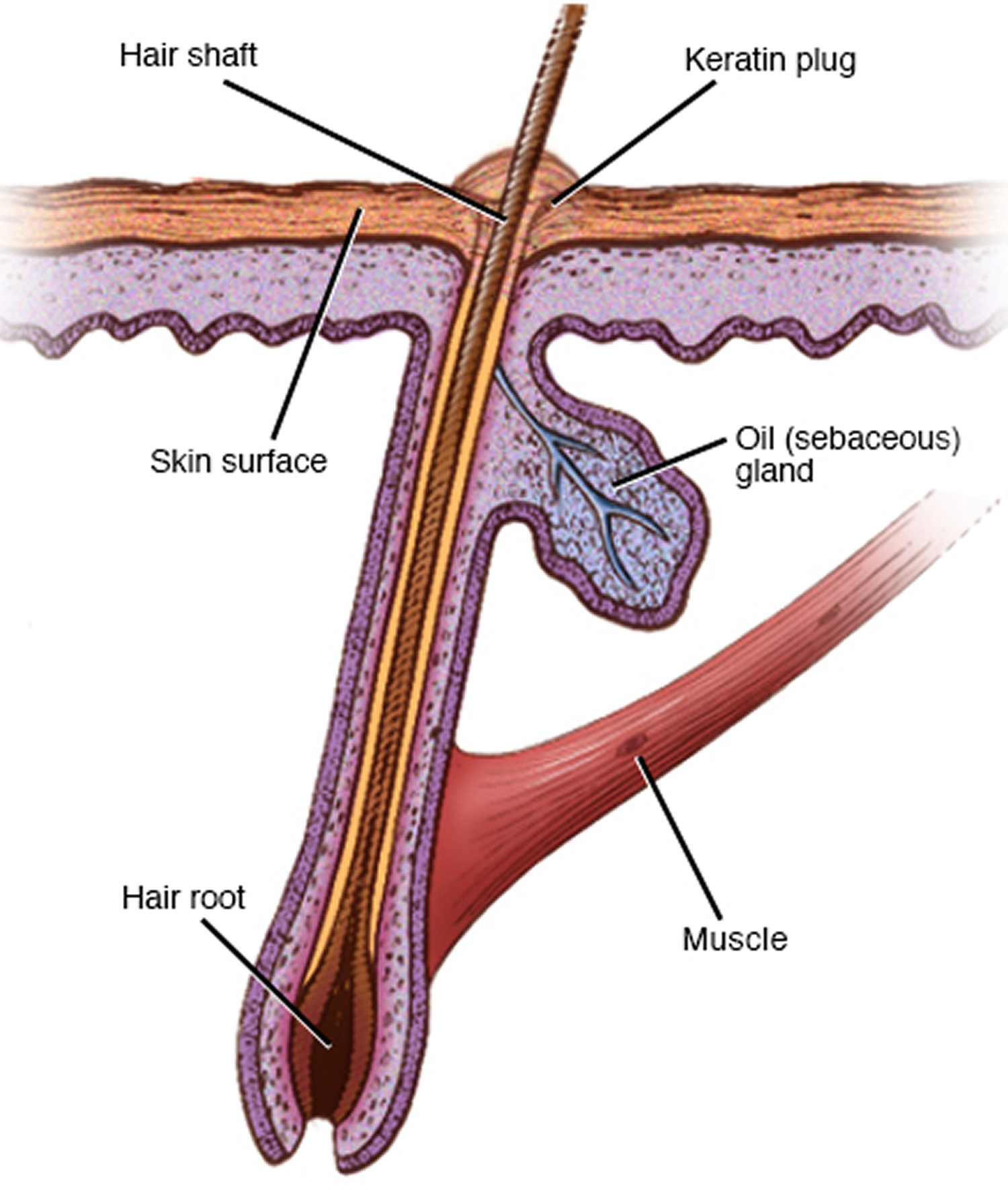Contents
What is keratosis pilaris
Keratosis pilaris is a very common harmless skin condition appearing as small, whitish bumps on the upper arms and thighs, especially of children and young adults. Individual lesions of keratosis pilaris begin when a hair follicle becomes plugged with keratin, a protein found in skin, hair, and nails.
The most common locations for keratosis pilaris include the following:
- Backs of the upper arms
- Fronts and sides of the thighs
- Buttocks
- Cheeks
Keratosis pilaris can occur at any age, but it’s more common in young children.
Signs and symptoms include:
- Painless tiny bumps, typically on the upper arms, thighs, cheeks or buttocks
- Dry, rough skin in the areas with bumps
- Worsening when seasonal changes cause low humidity and skin tends to be drier
- Sandpaper-like bumps resembling goose flesh
Tiny (1–2 mm) white to gray bumps occur, centered in the hair follicle. Sometimes, a thin, red ring may surround the white bump, indicating inflammation. The bumps all look very similar to one another, and they are evenly spaced on the skin surface.
Rarely, people with keratosis pilaris may complain of mild itching.
Keratosis pilaris tends to improve in warmer, more humid weather, and it may worsen in colder, drier weather.
Keratosis pilaris can affect people of any age, any race, and either sex. Keratosis pilaris is more common in females.
Keratosis pilaris usually starts in early childhood (by age 10) and can worsen during puberty. However, it frequently improves or even goes away by early adulthood.
Keratosis pilaris can affect 50–80% of teenagers and up to 40% of adults. Many people have a family history of keratosis pilaris. A large number of individuals with ichthyosis vulgaris (an inherited skin condition characterized by very dry, very scaly skin) also report having keratosis pilaris.
There is no cure for keratosis pilaris, though its appearance can be improved. It is often helpful to keep the skin moist (hydrated) and to use mild, fragrance-free cleansers, with daily applications of moisturizer.
Creams and ointments are better moisturizers than lotions, and they work best when applied just after bathing, while the skin is still moist. The following over-the-counter products may be helpful:
- Preparations containing alpha-hydroxy acids such as glycolic acid or lactic acid
- Creams containing urea
- Over-the-counter cortisone cream (if the areas are itchy)
Do not try to scrub the bumps away with a pumice stone or similar harsh material; these approaches may irritate the skin and worsen the condition. Similarly, try to discourage your child from scratching or picking at the bumps, as these actions can lead to bacterial infections or scarring.
Keratosis pilaris is not a serious medical condition and has no health implications. However, if self-care measures are not improving the appearance of the skin and it continues to bother your child, see your child’s doctor or a dermatologist who may recommend more aggressive treatments.
Keratosis pilaris is often considered a variant of normal skin. It can’t be cured or prevented. But you can treat it with moisturizers and prescription creams to help improve the appearance of the skin. The condition usually disappears by age 30.
Figure 1. Keratosis pilaris face
Figure 2. Keratosis pilaris arms
Figure 3. Keratosis pilaris this image displays tiny, scaly elevations of the skin around the hair follicle typical of keratosis pilaris
Figure 4. Keratosis pilaris legs
Keratosis pilaris causes
Keratosis pilaris results from the buildup of keratin — a hard protein that protects skin from harmful substances and infection. The keratin forms a scaly plug that blocks the opening of the hair follicle. Usually many plugs form, causing patches of rough, bumpy skin.
No one knows exactly why keratin builds up. But it may occur in association with genetic diseases or with other skin conditions, such as atopic dermatitis. Dry skin tends to worsen this condition.
Figure 5. Keratosis pilaris keratin plug
Note: Keratosis pilaris develops when keratin forms a scaly plug that blocks the opening of the hair follicle. Usually plugs form in many hair follicles, causing patches of rough, bumpy skin.
Keratosis pilaris diagnosis
You generally won’t need to see your doctor for keratosis pilaris. If you do visit your doctor, he or she will be able to diagnose the condition by looking at the affected skin. No testing is needed.
Keratosis pilaris treatment
Gradually, keratosis pilaris usually clears up on its own. In the meantime, you might use any of the various products available to help improve the appearance of affected skin. If moisturizing and other self-care measures don’t help, your doctor may prescribe medicated creams.
How to get rid of keratosis pilaris
Keratosis pilaris usually improves with time. However, it is generally considered to be a long-lasting (chronic) skin condition. Treatments are aimed at controlling the rough bumps, not curing them. Using medicated cream regularly may improve the appearance of the skin. Keratosis pilaris bumps will come back if therapy is stopped. And even with treatment, keratosis pilaris tends to persist for years.
To treat the bumps of keratosis pilaris, the doctor may recommend a topical cream or lotion containing:
- Prescription-strength alpha- or beta-hydroxy acids (glycolic acid, lactic acid, salicylic acid). Creams containing alpha hydroxy acid, lactic acid, salicylic acid or urea help loosen and remove dead skin cells. They also moisturize and soften dry skin. Depending on their strength, these creams (topical exfoliants) are available over-the-counter or with a prescription. Your doctor can advise you on the best option and how often to apply. The acids in these creams may cause redness, stinging or skin irritation, so they aren’t recommended for young children.
- Prescription-strength urea
- A retinoid such as tretinoin or tazarotene. Creams to prevent plugged follicles. Creams derived from vitamin A (topical retinoids) work by promoting cell turnover and preventing plugged hair follicles. Tretinoin (Retin-A, Renova, Avita) and tazarotene (Avage, Tazorac) are examples of topical retinoids. These products can irritate and dry the skin. Also, if you’re pregnant or nursing, your doctor may suggest delaying topical retinoid therapy or choosing another treatment.
- High concentrations of propylene glycol
For keratosis pilaris that is itchy or inflamed, the doctor may recommend the short-term use of a topical corticosteroid to reduce the inflammation.
Keratosis pilaris home remedy
Self-help measures won’t prevent keratosis pilaris or make it go away. But they may improve the appearance of the affected skin.
- Use warm water and limit bath time. Hot water and long showers or baths remove oils from the skin. Limit bath or shower time to about 10 minutes or less. Use warm, not hot, water.
- Be gentle to the skin. Avoid harsh, drying soaps. Gently remove dead skin (exfoliate) with a washcloth or loofah. Vigorous scrubbing or removal of hair follicle plugs may irritate the skin and aggravate the condition. After washing or bathing, gently pat or blot the skin with a towel so that some moisture remains.
- Try medicated creams. Apply an over-the-counter cream that contains urea (Nutraplus, Eucerin), lactic acid (AmLactin, Lac-Hydrin), alpha hydroxy acid or salicylic acid. These creams help loosen and remove dead skin cells. They also moisturize and soften dry skin. Put on this product before moisturizer.
- Moisturize. While the skin is still moist from bathing, apply a moisturizer that contains lanolin (Lansinoh, Medela), petroleum jelly (Vaseline) or glycerin (Glysolid). These ingredients soothe dry skin and help trap moisture. Thicker moisturizers work best, such as Eucerin and Cetaphil. Reapply the product to the affected skin several times a day.
- Use a humidifier. Low humidity dries out the skin. A portable home humidifier or one attached to your furnace will add moisture to the air inside your home.
- Avoid friction from tight clothes. Protect affected skin from the friction caused by wearing tight clothes.
